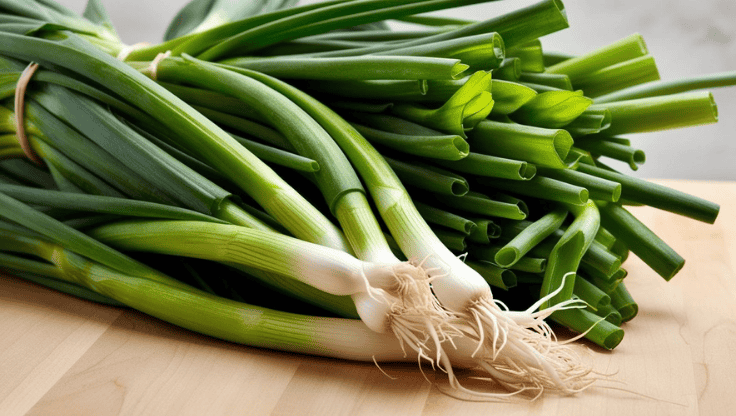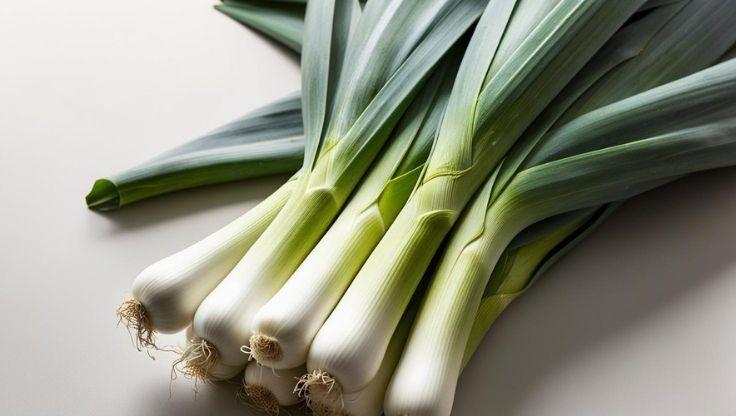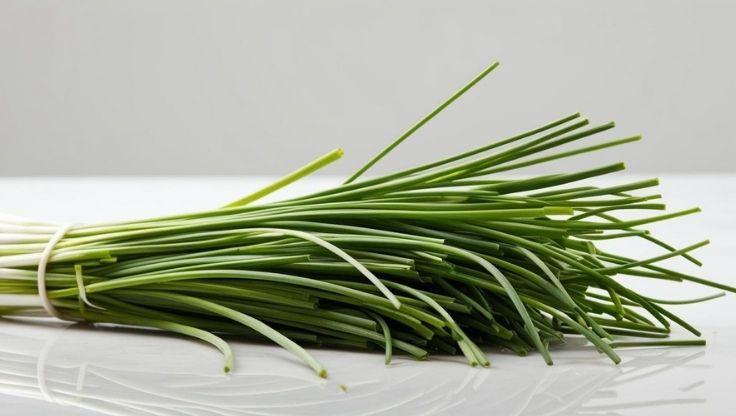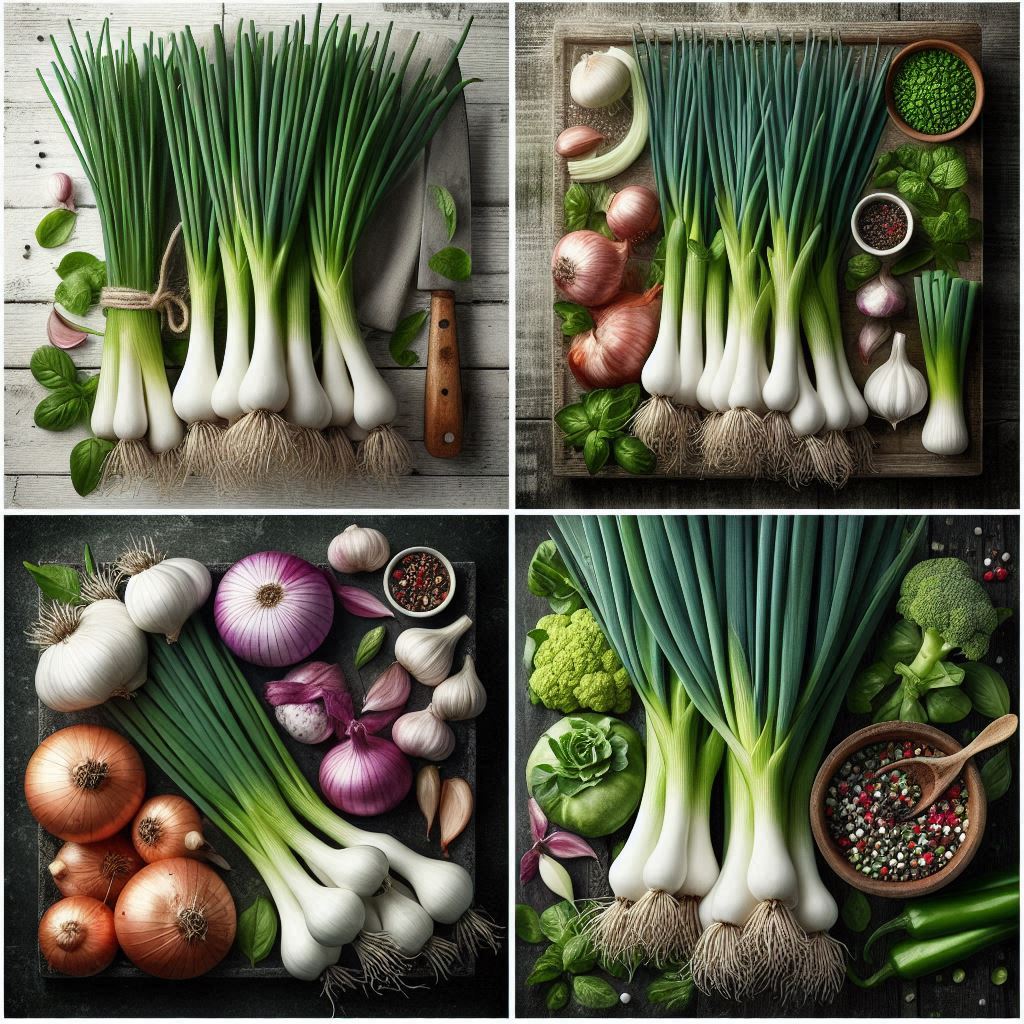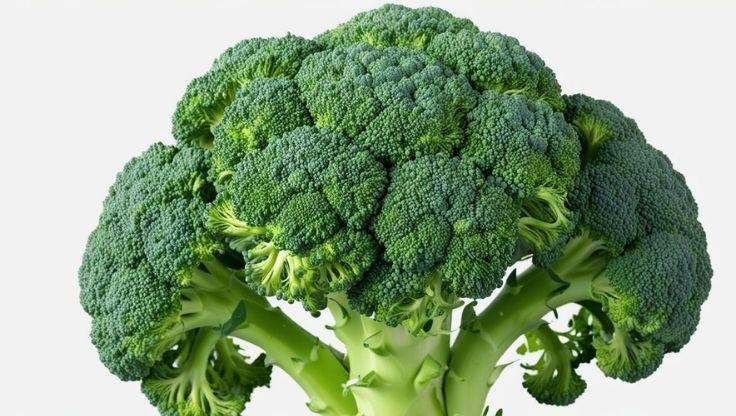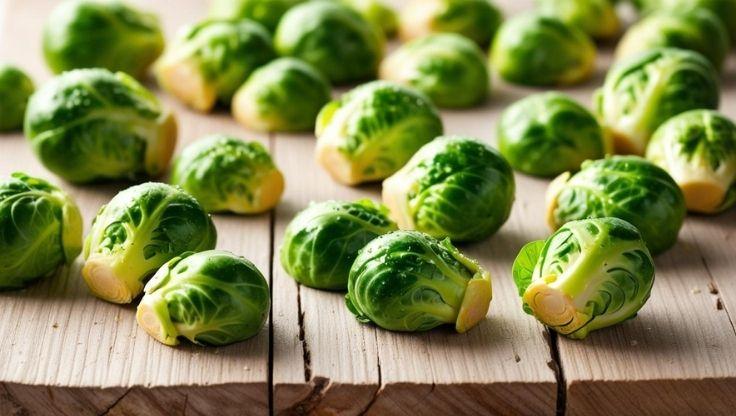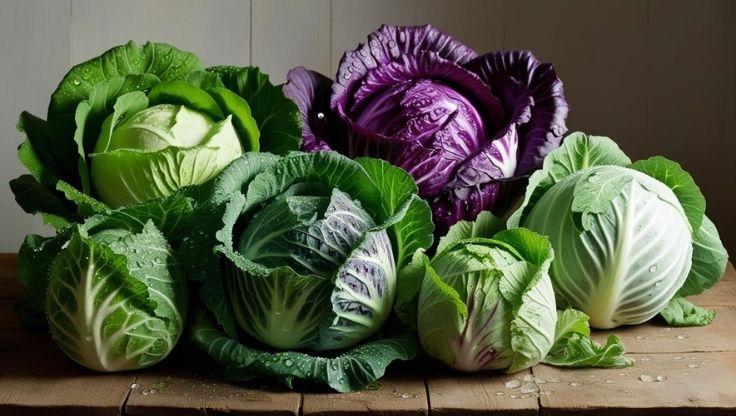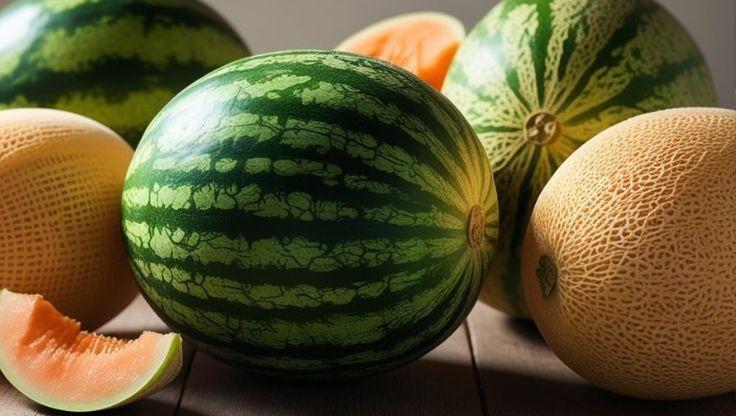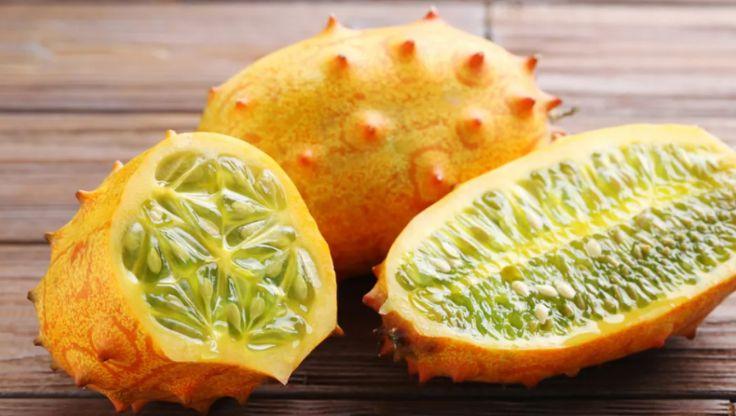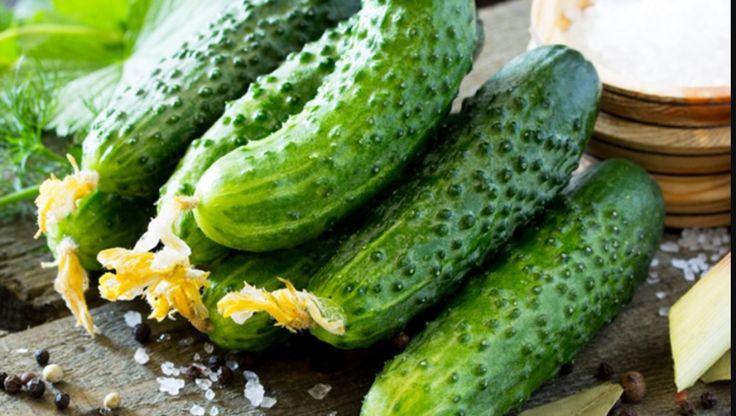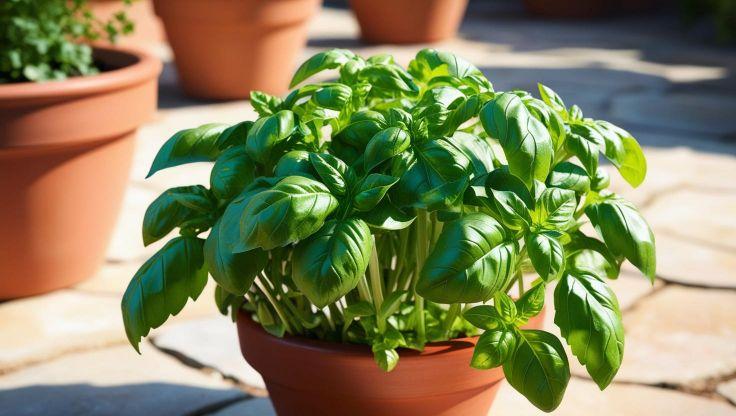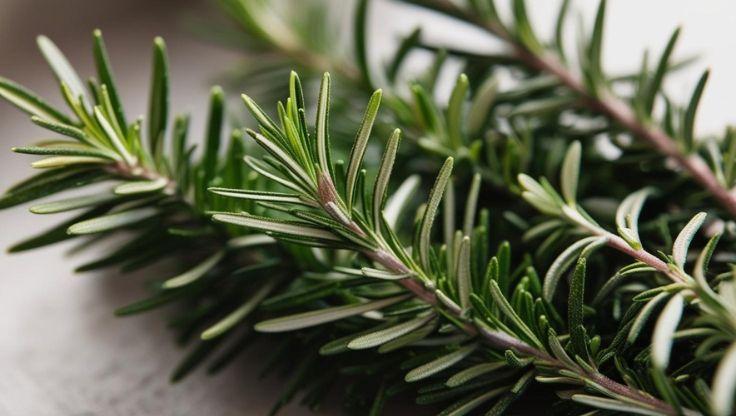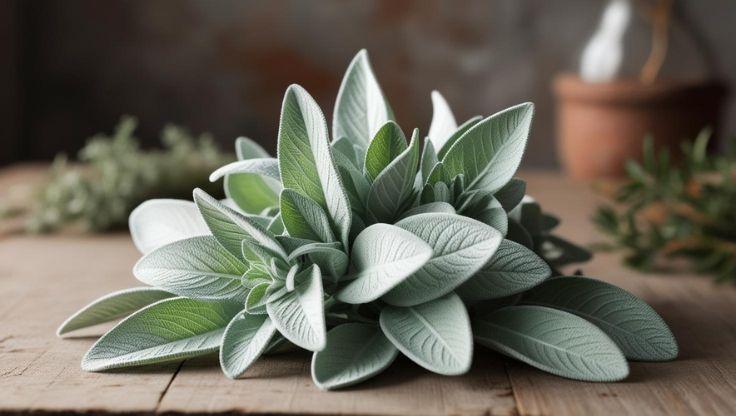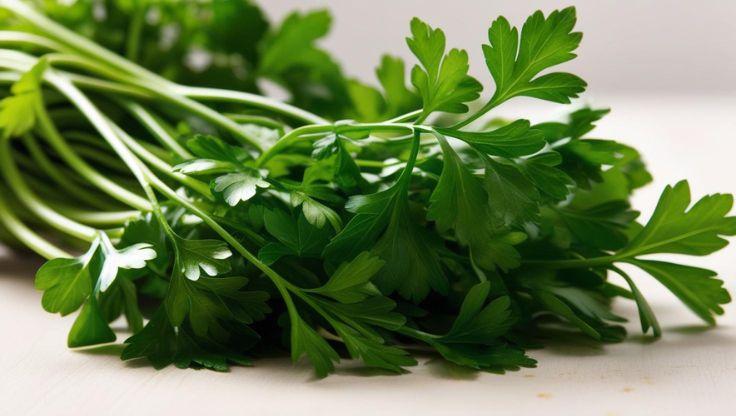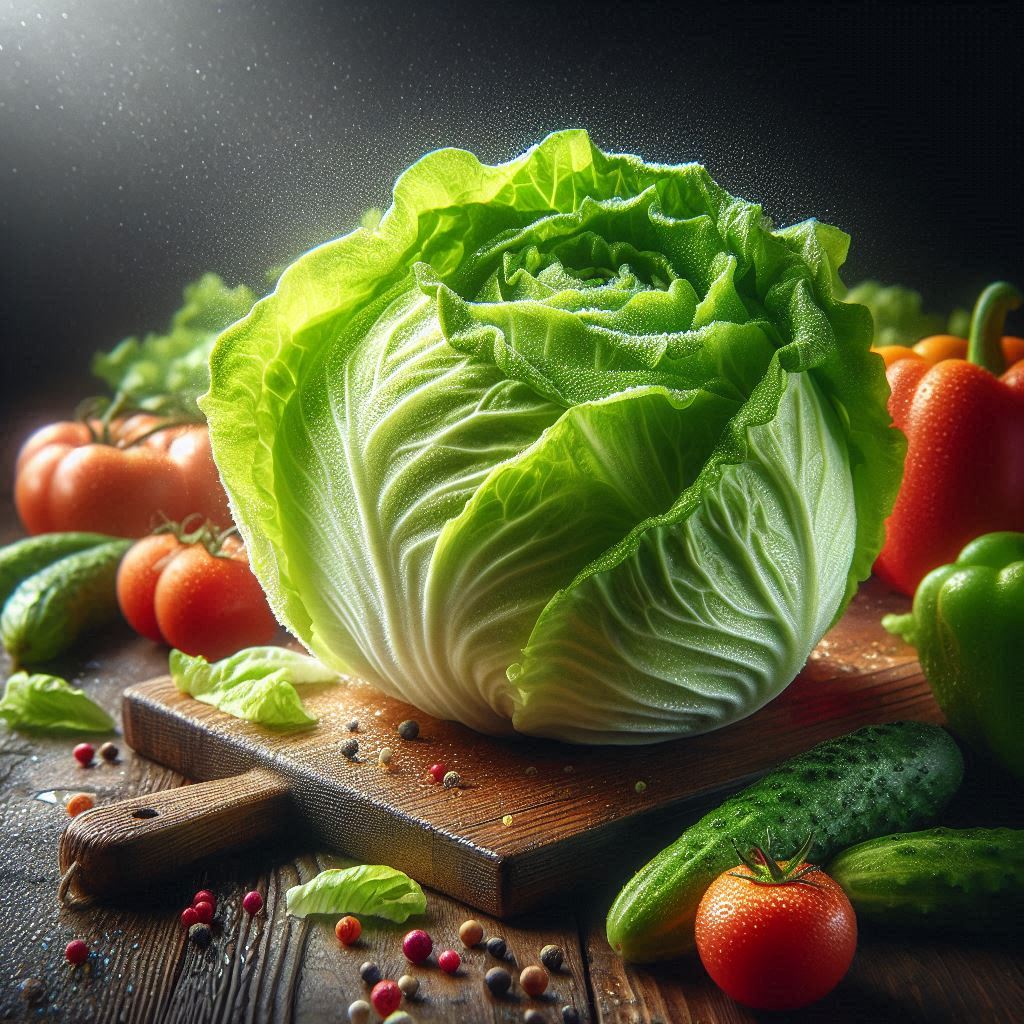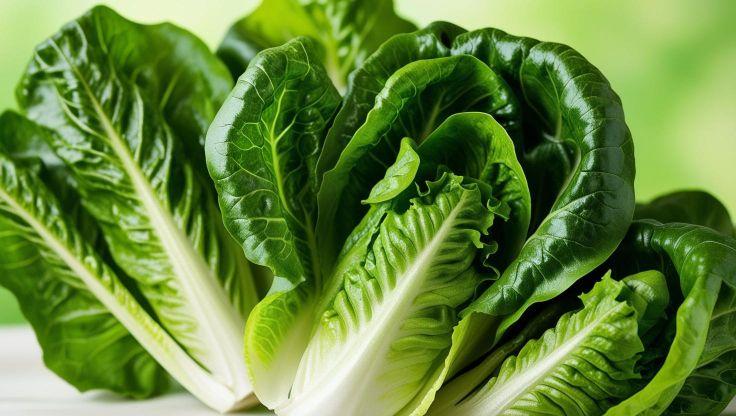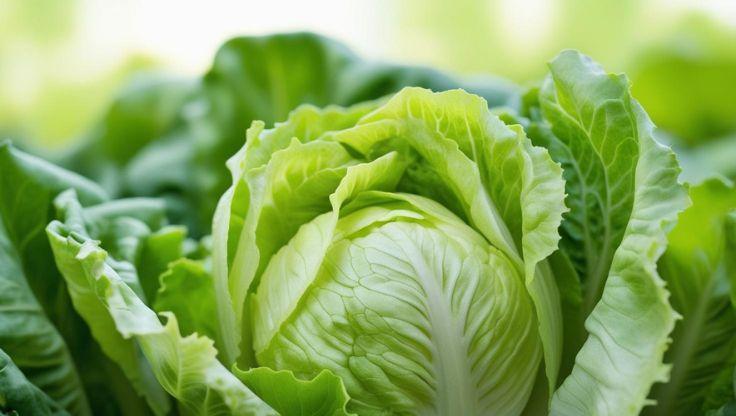Hydroponic Plants: Parsley and Its Cultivation in Hydroponic Systems
Parsley (Petroselinum crispum) is a widely used culinary herb known for its fresh, slightly peppery flavor and nutritional benefits. Originating from the Mediterranean region, hydroponic plants like parsley thrive in controlled environments, ensuring consistent yields, optimal growth, and reduced susceptibility to soil-borne diseases. With hydroponic systems, growers can enhance nutrient uptake, accelerate growth cycles, and improve sustainability compared to traditional soil-based cultivation.

Hydroponic Growing Conditions for Parsley
Optimizing pH and EC Levels for Hydroponic Plants
Parsley thrives in hydroponic plants systems when maintained within a pH range of 5.5–6.5, ensuring efficient nutrient absorption and healthy root development. The electrical conductivity (EC) level should be between 1.2–1.8 mS/cm, providing the ideal mineral balance for strong foliage growth and enhanced flavor. Properly managing these parameters prevents nutrient deficiencies and maximizes yield potential.
Environmental Requirements for Hydroponic Parsley Cultivation
To achieve maximum yield and quality, hydroponic growers must maintain precise environmental conditions:
- Light Exposure: Requires 12–16 hours of full-spectrum LED or fluorescent lighting daily. Studies show that a PPFD of 200–400 µmol/m²/s enhances photosynthesis efficiency and promotes vigorous leaf expansion.
- Temperature Regulation: Best grown at 18–24°C, ensuring steady metabolic function and preventing premature bolting. Extreme temperatures can slow growth rates and negatively impact essential oil production.
- Humidity Control: Ideally kept between 50–70%, preventing excessive moisture accumulation that leads to fungal diseases. Installing automated humidity regulators ensures stability and minimizes plant stress.
Advantages of Growing Parsley in Hydroponic Plants Systems
Hydroponic cultivation offers several benefits compared to soil-based farming:
- Precise nutrient delivery enhances parsley’s growth rate and flavor concentration.
- Year-round harvesting ensures consistent production without seasonal limitations.
- Reduced risk of pests and soil-borne diseases, leading to higher-quality, contamination-free produce.
- Efficient water usage, as hydroponic systems require up to 90% less water than traditional soil methods.
Optimized Hydroponic Systems for Parsley Growth
Modern hydroponic techniques such as nutrient film technique (NFT) and deep water culture (DWC) provide efficient oxygenation and continuous nutrient absorption. Proper pruning methods promote dense foliage and higher yields, allowing growers to harvest parsley within 60–90 days.
With expert hydroponic management, parsley becomes a high-value, aromatic crop, perfect for culinary and medicinal applications.
Cultivation Process of Parsley in Hydroponic Systems
Seed Germination and Planting
Parsley seeds should be placed one per hole in hydroponic trays to ensure proper spacing and nutrient absorption. Germination typically takes 14–21 days, as parsley seeds have a naturally slow sprouting process. To accelerate germination, growers can soak seeds in warm water for 12–24 hours before planting.
Once germinated, seedlings should be transferred to a nutrient-rich hydroponic system, such as nutrient film technique (NFT) or deep water culture (DWC), which provide efficient oxygenation and continuous nutrient absorption.
Growth and Maturation
After transplanting, hydroponic plants of parsley reach maturity within 6–8 weeks, producing lush foliage and strong root systems. Maintaining a pH range of 5.5–6.5 and an EC level of 1.2–1.8 mS/cm ensures optimal nutrient absorption and healthy development. Regular pruning encourages bushier growth and enhances essential oil concentration, improving flavor and aroma.
Popular Hydroponic Parsley Varieties
Several parsley varieties adapt well to hydroponic gardens, including:
- Curly Parsley (Petroselinum crispum var. crispum): Known for its dense, curly leaves and mild flavor, ideal for garnishing.
- Italian Flat-Leaf Parsley (Petroselinum crispum var. neapolitanum): Preferred for culinary uses due to its robust flavor and easier cleaning.
By following these cultivation guidelines, growers can achieve high-yield, aromatic hydroponic parsley, ensuring a steady supply of fresh herbs year-round.
Uses and Benefits of Parsley in Hydroponic Systems
Culinary Applications
Parsley is a versatile herb widely used in soups, salads, sauces, and garnishes, offering a fresh, vibrant taste that enhances various dishes. Its mild yet aromatic flavor makes it a staple in Mediterranean, Middle Eastern, and European cuisines. Hydroponic plants of parsley provide consistent quality and higher yields, ensuring a fresh supply year-round.
Studies indicate that hydroponically grown parsley retains its essential oils more effectively than soil-grown varieties, leading to stronger flavor and aroma. Whether used in herbal infusions, pesto, or seasoning blends, parsley adds a nutrient-rich boost to culinary creations.
Medicinal Properties
Packed with antioxidants and anti-inflammatory compounds, parsley supports digestion, heart health, and immune function. Research suggests that parsley can help reduce oxidative stress, improve circulation, and enhance liver detoxification. Additionally, its diuretic properties make it beneficial for kidney health and fluid balance.
Hydroponic plants of parsley are cultivated under controlled conditions, ensuring optimal nutrient absorption and higher concentrations of beneficial compounds. This makes hydroponic parsley an excellent choice for herbal remedies, essential oil extraction, and therapeutic applications.
Sustainability and Hydroponic Advantages
Growing parsley as a hydroponic plant offers several benefits:
- Precise nutrient control ensures optimal growth and flavor.
- Year-round harvesting provides a steady supply regardless of climate.
- Reduced pest and disease risks improve plant health and longevity.
- Efficient water usage, as hydroponic systems require up to 90% less water than traditional soil methods.
By integrating hydroponic plants into modern agriculture, growers can cultivate high-quality parsley with enhanced medicinal and culinary properties.
Research for expert insights
For in-depth expertise and valuable insights, explore these well-researched articles.
|
Institution |
Article Title |
Article Link |
|---|---|---|
|
PLOS One |
Modeling growth and development of hydroponically grown dill, parsley, and watercress in response to photosynthetic daily light integral and mean daily temperature |
|
|
ResearchGate |
Production of parsley in hydroponic conditions under isosmotic brackish nutrient solutions |
|
|
HortTechnology |
Optimizing Sowing Density for Parsley, Cilantro, and Sage in Controlled Environment Production |
With meticulous analysis, they offer expert knowledge, serving as an outstanding reference for those eager to learn more.


